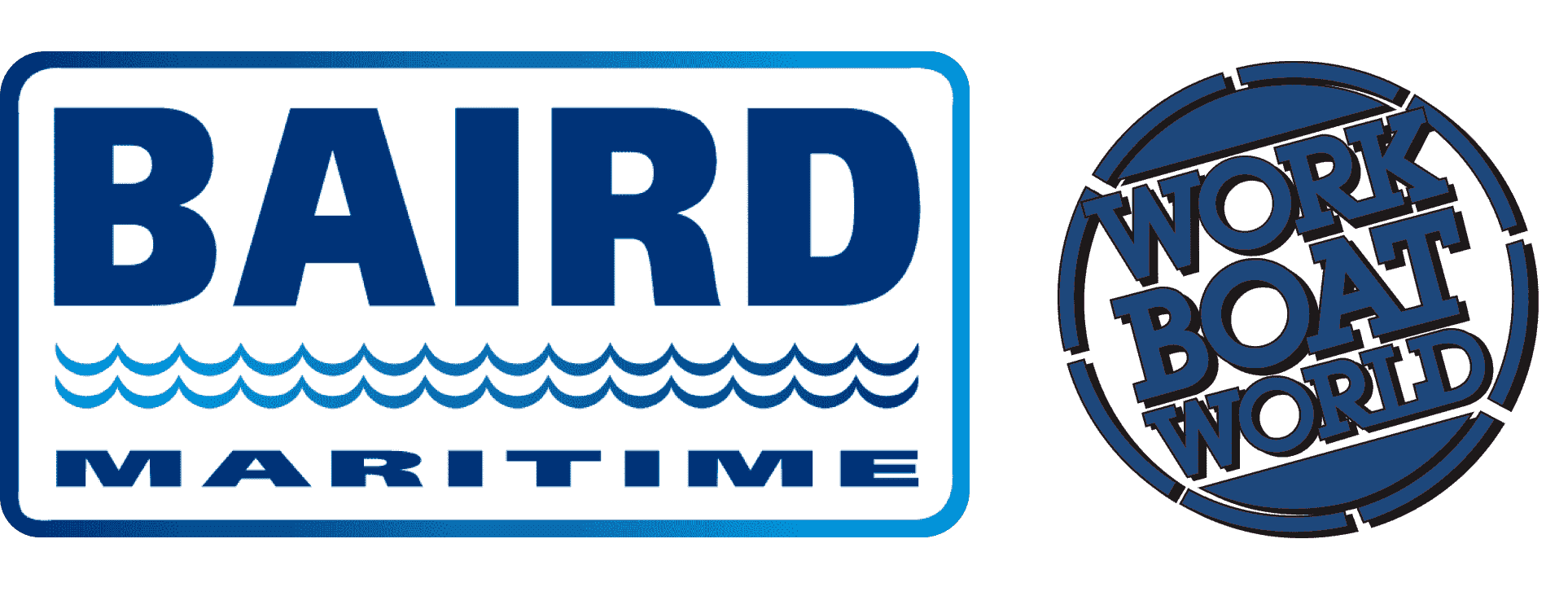World War I-era shipwreck discovered during windfarm survey in North Sea off Scotland
The wreckage of what is confirmed to be a merchant vessel that was lost during the First World War has been discovered lying at the bottom of the North Sea off the northeastern coast of Scotland.
The discovery was reported earlier this month by MarramWind, the offshore wind joint venture company formed by Shell UK and ScottishPower.
MarramWind said that data gathered by sonar scans carried out during geophysical and environmental surveys for the proposed MarramWind floating offshore wind farm has identified the likely resting place of the Russian cargo ship Tobol, which was torpedoed by a German U-boat in 1917.
The shipwreck believed to be that of Tobol was among several discovered during the survey works for the 3GW wind farm being developed by ScottishPower and Shell.
Tobol, with its distinctive "turret deck" design, was built in Sunderland at the turn of the 20th century and was operated as Cheltenham by a steamer company until it was captured by Russian forces in 1904.
A year later, it was transferred to the Russian Imperial Navy and renamed Tobol after the river in Russia, before being relocated to the Russian Volunteer Fleet in 1916. It was torpedoed by the German U-boat U-52 while sailing from Blyth to Arkhangelsk on September 11, 1917.
Following its discovery, an exclusion zone of 250 metres was put in place around the wreck – which is 100 metres long, 22.5 metres wide, and 10.5 metres high, and appears to be in good condition – to protect it during the MarramWind survey works.
Relevant authorities such as the UK Hydrographic Office and Historic Environment Scotland have been notified of the wreck find. Discussions are ongoing to establish a long-term archaeological exclusion zone to ensure the wreck is protected and preserved.


